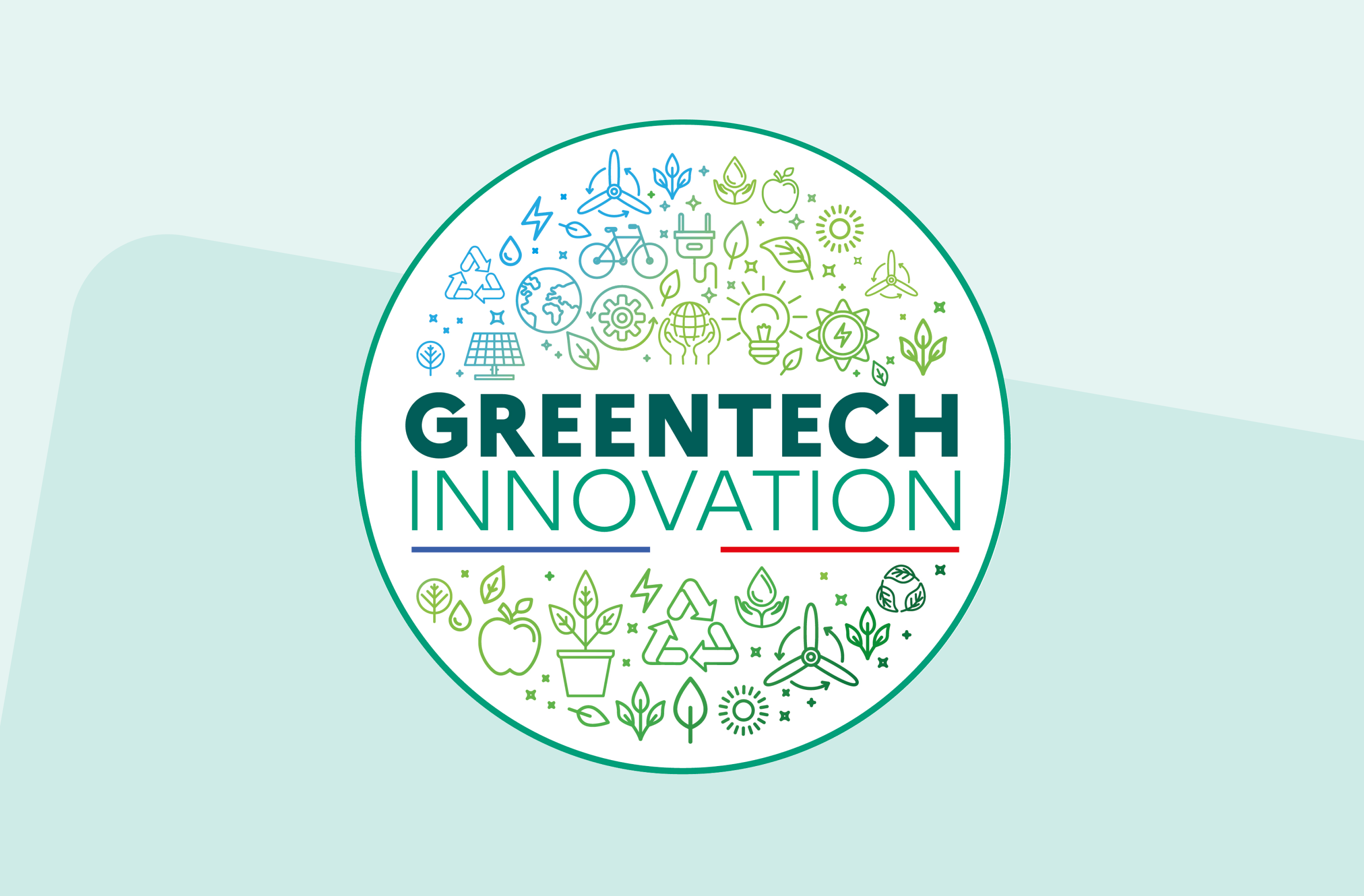Notre bilan carbone 2022

Découvrez notre solution tout-en-un
Qu'est ce que c'est exactement le bilan carbone ?
Le Bilan Carbone® est une méthode de comptabilité carbone créée en France en 2004 par l’ADEME et maintenant portée par l’Association Bilan Carbone (ABC).
L’objectif d’un Bilan Carbone® est de mesurer l’ensemble des émissions physiquement nécessaires à l’activité d’une entreprise (on peut parler de dépendance physique au carbone), incluant ses activités amont (approvisionnement, fret, etc.), de production et aval (distribution, utilisation des produits vendus, etc.)..
Les émissions sont calculées en faisant le produit d’une donnée d’activité (physique ou financière) par un Facteur d'Émission issu d’une base de données de référence (base carbone, base impacts de l’ADEME, etc.) :

C’est quoi les scopes ?
Les Scopes désignent le périmètre des émissions de GES du Bilan Carbone, ilsse divisent en 3 catégories :
Scope 1 : les émissions directes de GES, dues principalement à la combustion d’ énergies fossiles pour le chauffage ou les véhicules de fonction.
Scope 2 : les émissions indirectes associées à la production d’électricité etde chaleur.
Scope 3 : toutes les autres émissions indirectes de votre chaîne de valeur(déplacements, achats, déchets...). Ce Scope concentre généralement la plupart des émissions.
Les Scopes sont ensuite décomposés en 22 postes d’émissions.

C’est beaucoup ?
Ça dépend ! Comparer le total des émissions d’une entreprise est difficile, elles sont toutes différentes. Ce qu’on peut comparer c’est les intensités carbone et l’évolution de ce bilan carbone par rapport aux objectifs ou aux autres entreprises.
Benchmark
Intensité économique
L’intensité économique est le ratio de vos émissions de CO2e par votre chiffre d’affaires sur l’année de référence.
Elle permet de comparer votre performance carbone globale à celles d’autres entreprises de votre secteur, en annulant l’effet chiffre d'affaires. La répartition par poste permet d’identifierd’où vient cette position.
Les données de comparaison sont issues de la base des clients de Sami et du Carbon Disclosure Project (CDP) sur le secteur spécifié.
Cette intensité est calculée sur tous les postes.

Synthèse évolution
L’intensité collaborateur est le ratio des émissions liées à vos collaborateurs par l’effectif moyen sur l’année. Elle ne concerne donc que certains postes à savoir : déplacements, repas, produits informatiques, bureau et télétravail.L’effectif moyen est mesuré en équivalent temps plein (ETP).
Elle permet de comparer votre performance carbone concernant les collaborateurs à celle des autres entreprises, en annulant l’effet différence d’effectif. La répartition par poste permet d’identifier d’où vient cette position.
Les données de comparaison sont issues de la base des clients de Sami sur l’ensemble des secteurs.

Agir, oui ! Mais comment ?
L’empreinte de notre entreprise n’est pas grand chose comparée à Renault, Amazon ou Facebook, c’est sûr.
Ce n’est pas pour autant qu’il faut minimiser l’importance de votre marge de manœuvre : face au défi climatique, entreprises, gouvernements et citoyens doivent chacun faire leur part.
Qu’est-ce que la Net Zero Initiative ?
Pour limiter l’augmentation des températures à +1.5°C par rapport à la période pré-industrielle, la science du climat nous commande de parvenir à un équilibre entre les émissions mondiales et les absorptions mondiales de CO2, au plus tard en 2050. Cet équilibre s’appelle la neutralitécarbone planétaire, ou « zéro émission nette ».
Pour parvenir au net zéro, les deux leviers à actionner à l’échelle planétaire et nationale sont la réduction des émissions et l’augmentation des puits de carbone.
.webp)






